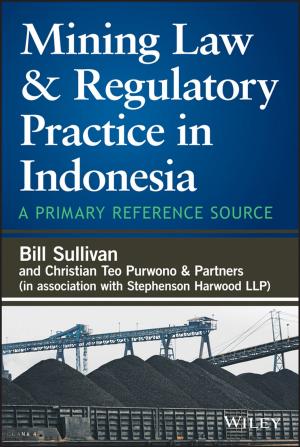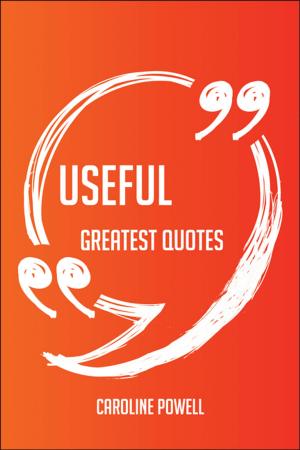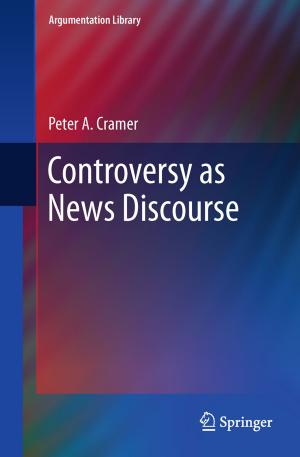| Author: | Norel Spence | ISBN: | 9781370353279 |
| Publisher: | Norel Spence | Publication: | May 16, 2013 |
| Imprint: | Smashwords Edition | Language: | English |
| Author: | Norel Spence |
| ISBN: | 9781370353279 |
| Publisher: | Norel Spence |
| Publication: | May 16, 2013 |
| Imprint: | Smashwords Edition |
| Language: | English |
Laos was occupied during the fourth and 5th centuries AD by Chinese individuals from the north. It was subject to sturdy Indian influence from the eighth century onwards and adopted Buddhism. For 200 years from the early 11th century, Laos was part of the Khmer Angkor Empire. It was during this duration that the Lao individuals, who originated in Thailand, invaded the location and displaced the formerly dominant Chinese. Nevertheless, there is some proof that the Mongol empire had some influence over events in the region in the late 13th and very early 14th centuries, undoubtedly in alliance with the Angkor kingdom. Following the collapse of the Khmer empire, the independent kingdom of Lan Xang, which dates back to 1349, was established as a solitary body bounded by Siam (Thailand), China to the north, Vietnam and the Mekong river, occupying roughly the exact same area as modern-day Laos.
Populated by a mixture of ethnic Laos, Thais and different hill tribes, the Lan Xang empire lasted for three centuries while fighting off successive invasions from Vietnam, Siam (Thailand) and Burma. Internal power struggles in the 18th century were exploited by its next-door neighbors, especially Siam which finally conquered Vientiane in 1779. The city was later damaged by the Siamese and the remains of Lan Xang took in into Siam. The 19th century was a duration of political chaos in which rival powers with shifting alliances fought for control of the area. The Siamese were the dominant power until the appearance of the French, who had actually currently set up a firm grip in neighboring Vietnam, in the 1870s. Laos then became part of French Indo-China, which lasted until the 1950s, with the exception of a brief duration of Japanese occupation during World War II.
Full self-reliance was achieved in 1953 under the rule of King Sisavang Vong. The monarchy was opposed by previous nationalist guerrillas organized into the Laotian Patriotic Front (LPF) whose fighters, the Pathet Lao, formed an alliance with the Viet Minh (later on Viet Cong) nationalists in neighboring Vietnam to expel the residual French, and later on to counter US impact in the area and the regimes supported by them. Regardless of repeated efforts, both prior to and after the communist takeover in 1975, the Chinese failed to apply any type of significant influence over the nation. Certainly, after 1975, Laos came to be dependent on military and economic assistance from Vietnam, China's opposing forces. In the late 1980s, nevertheless, tension between China and Laos at last started to relieve: diplomatic relations (which had actually been severed in the late 1970s) were restored in December 1987, and social and bilateral trade agreements signed.
Laos was occupied during the fourth and 5th centuries AD by Chinese individuals from the north. It was subject to sturdy Indian influence from the eighth century onwards and adopted Buddhism. For 200 years from the early 11th century, Laos was part of the Khmer Angkor Empire. It was during this duration that the Lao individuals, who originated in Thailand, invaded the location and displaced the formerly dominant Chinese. Nevertheless, there is some proof that the Mongol empire had some influence over events in the region in the late 13th and very early 14th centuries, undoubtedly in alliance with the Angkor kingdom. Following the collapse of the Khmer empire, the independent kingdom of Lan Xang, which dates back to 1349, was established as a solitary body bounded by Siam (Thailand), China to the north, Vietnam and the Mekong river, occupying roughly the exact same area as modern-day Laos.
Populated by a mixture of ethnic Laos, Thais and different hill tribes, the Lan Xang empire lasted for three centuries while fighting off successive invasions from Vietnam, Siam (Thailand) and Burma. Internal power struggles in the 18th century were exploited by its next-door neighbors, especially Siam which finally conquered Vientiane in 1779. The city was later damaged by the Siamese and the remains of Lan Xang took in into Siam. The 19th century was a duration of political chaos in which rival powers with shifting alliances fought for control of the area. The Siamese were the dominant power until the appearance of the French, who had actually currently set up a firm grip in neighboring Vietnam, in the 1870s. Laos then became part of French Indo-China, which lasted until the 1950s, with the exception of a brief duration of Japanese occupation during World War II.
Full self-reliance was achieved in 1953 under the rule of King Sisavang Vong. The monarchy was opposed by previous nationalist guerrillas organized into the Laotian Patriotic Front (LPF) whose fighters, the Pathet Lao, formed an alliance with the Viet Minh (later on Viet Cong) nationalists in neighboring Vietnam to expel the residual French, and later on to counter US impact in the area and the regimes supported by them. Regardless of repeated efforts, both prior to and after the communist takeover in 1975, the Chinese failed to apply any type of significant influence over the nation. Certainly, after 1975, Laos came to be dependent on military and economic assistance from Vietnam, China's opposing forces. In the late 1980s, nevertheless, tension between China and Laos at last started to relieve: diplomatic relations (which had actually been severed in the late 1970s) were restored in December 1987, and social and bilateral trade agreements signed.















